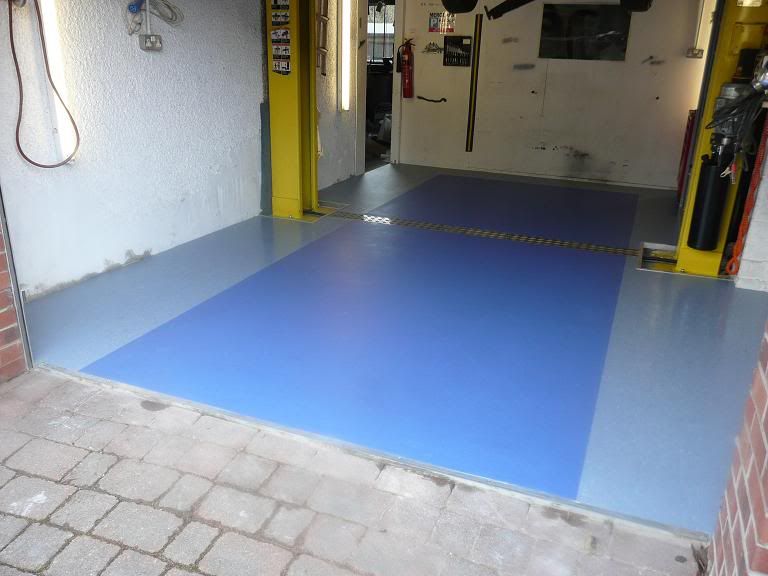Druk
Gone but not forgotten - RIP
- Joined
- May 28, 2004
- Messages
- 5,300
- Location
- Not far from Edinburgh.
- Car
- 2011 S212 E350CDi. 1981 R107 300TurboDiesel.
Not the car but the garage.
Garage measures 5.2m X 3.5m. Concrete floor has a 40mm run to one end. This may not seem much but when you're pushing an SL about, the tendency for it to run downhill is getting to me.
Q. Is there any mixable stuff that I could use to pour onto and level the floor up that would go from 40mm to nothing and that wouldn't crack up given time? Would I need to roughen the existing smooth concrete first?
Garage measures 5.2m X 3.5m. Concrete floor has a 40mm run to one end. This may not seem much but when you're pushing an SL about, the tendency for it to run downhill is getting to me.
Q. Is there any mixable stuff that I could use to pour onto and level the floor up that would go from 40mm to nothing and that wouldn't crack up given time? Would I need to roughen the existing smooth concrete first?


 Three years ago I was only 57. Now you know why you never got an invite to the party. Got my bus pass through last week so maybe wont need the car much anymore.
Three years ago I was only 57. Now you know why you never got an invite to the party. Got my bus pass through last week so maybe wont need the car much anymore.
